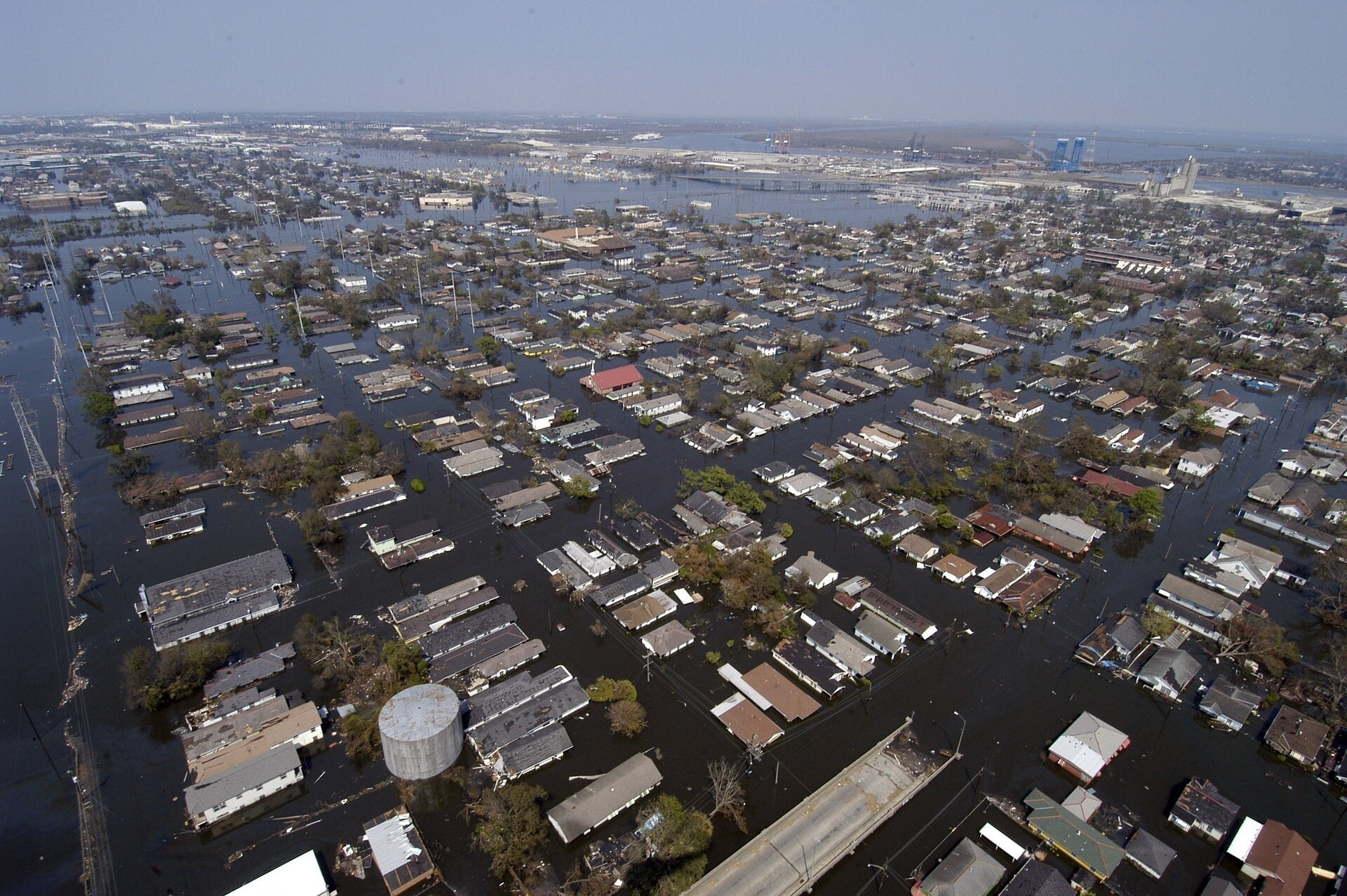What lies ahead for Europe's languishing economy?

Lagarde is the new president of the European Central Bank. Image: REUTERS

Get involved with our crowdsourced digital platform to deliver impact at scale
Stay up to date:
Financial and Monetary Systems
The eurozone economy urgently needs a more comprehensive pro-growth policy approach at both the national and regional levels, or else a second lost decade will be all but assured. Hope for the continent now rests squarely on the shoulders of Christine Lagarde, the highly accomplished incoming president of the European Central Bank.
A highly regarded doctor assumes the care of a chronically impaired patient who is growing weaker and more vulnerable. The patient’s longstanding treatment is not only becoming less effective; now it is also introducing harmful side effects. A better approach exists, but it is not available at the new doctor’s hospital. And in the facilities where it is available, the doctors are too distracted to take on the case.
The new doctor is Christine Lagarde, the widely admired former managing director of the International Monetary Fund who will soon succeed Mario Draghi as president of the European Central Bank (ECB). Her challenge will be to avoid a second lost decade of low, insufficiently inclusive eurozone growth. How the patient fares under her care – and whether she can get key eurozone governments to provide the necessary treatment – will define not just her own legacy, but also that of Draghi.
There is now little doubt that the European economy is losing momentum. The earlier, overly optimistic prognosis of a sustained growth pickup has finally given way to the grim reality that both structural and cyclical headwinds are bearing down on economic activity. The previous consensus growth forecast of around 2% for 2019 is now converging on around 1%; it could well go even lower.
Still to come is a broader realization that Europe is at risk of suffering what economists call “stall-speed growth.” Under such conditions, growth may remain positive, but it will be insufficient to accommodate the demands of other forces: pockets of excessive indebtedness, rising demand for social services, the need for better infrastructure, and deepening popular anger, political polarization, and alienation.
Moreover, previously unthinkable conditions that could undermine the very integrity of a market system will suddenly become possible – even likely. Negative interest rates in Europe, for example, do not look likely to be reversed any time soon. Worse, in what is already a structurally impaired economy, Europeans have yet to deal fully with the detrimental impact of global trade tensions, which have hit export-dependent industries in Germany – the region’s powerhouse – especially hard.
Despite all of these negative developments, European authorities continue to rely on just one response: unconventional monetary policy involving negative interest rates and large-scale purchases of securities (quantitative easing, or QE). To be sure, this approach was effective in containing a debt crisis that was threatening both the monetary union and the single currency earlier in the decade. But it has proven increasingly ineffective in promoting sustainable economic growth.
Concerns over the ECB’s protracted reliance on the same old medicine have been increasing, even within the ECB, owing to a growing awareness of the detrimental effects of negative interest rates. Negative rates can curtail the provision of long-term financial-protection services (such as life insurance and retirement products) to European households, thereby undermining economic security. They encourage excessive risk-taking, which can lead to financial instability down the road. And they promote an inefficient allocation of resources across the broader economy.
To the extent that these risks are real and mounting (which I believe they are), the ECB will find it increasingly difficult to continue pursuing the same policy in the face of growing complaints and political pressure. But it cannot simply stand still, given the deterioration in the European economy. And it can scarcely even consider the option of unwinding the unconventional policies of the past decade, as that would raise the risk of immediate economic and financial disruptions.
The ECB’s lose-lose-lose trilemma can be resolved only through a comprehensive pro-growth approach at both the national and regional levels, involving measures that are not available to central banks. European countries need deeper structural reforms – including infrastructure modernization and worker retooling and retraining – to boost the productivity of both capital and labor. Where possible, they should be pursuing fiscal stimulus, and resolving persistent debt overhangs that are stifling existing growth engines and impeding the emergence of new ones. And at the regional level, Europe needs to expand and improve its policy architecture, not least by completing the banking union and resolving long-standing differences over fiscal integration.
The hope now is that Lagarde – with her exceptional mix of interpersonal skills, professional networks, and national and international policy experience – will jump-start the pivot that Europe needs. The challenge is one of political will, not engineering, and Lagarde’s recent accomplishments at the IMF – where she put a spotlight on the economic implications of gender bias and climate change – show that she is capable of ushering in the necessary changes.
This is not to downplay the scale and complexity of the challenges Draghi has faced. They are real, and they have become deeply embedded in the structure of Europe’s political economy. Still, they are not insurmountable. Lagarde brings a uniquely well-suited skillset to her new position, and she is taking the reins at precisely the right moment for Europe to make the changes needed to avoid a second lost decade. Her legacy will now be bound up with that of Draghi, whose courageous promise in 2012 to do “whatever it takes” to save the euro has since been overshadowed by the renewed threat of recession and financial instability.
Don't miss any update on this topic
Create a free account and access your personalized content collection with our latest publications and analyses.
License and Republishing
World Economic Forum articles may be republished in accordance with the Creative Commons Attribution-NonCommercial-NoDerivatives 4.0 International Public License, and in accordance with our Terms of Use.
The views expressed in this article are those of the author alone and not the World Economic Forum.
Related topics:
The Agenda Weekly
A weekly update of the most important issues driving the global agenda
You can unsubscribe at any time using the link in our emails. For more details, review our privacy policy.
More on Global RisksSee all
Gareth Byatt and Ilan Kelman
March 11, 2024
Andrea Willige
March 6, 2024
Richard Aster
November 15, 2023
Ian Shine and Rebecca Geldard
November 14, 2023
Andrea Willige
October 26, 2023
Simon Torkington
September 14, 2023






